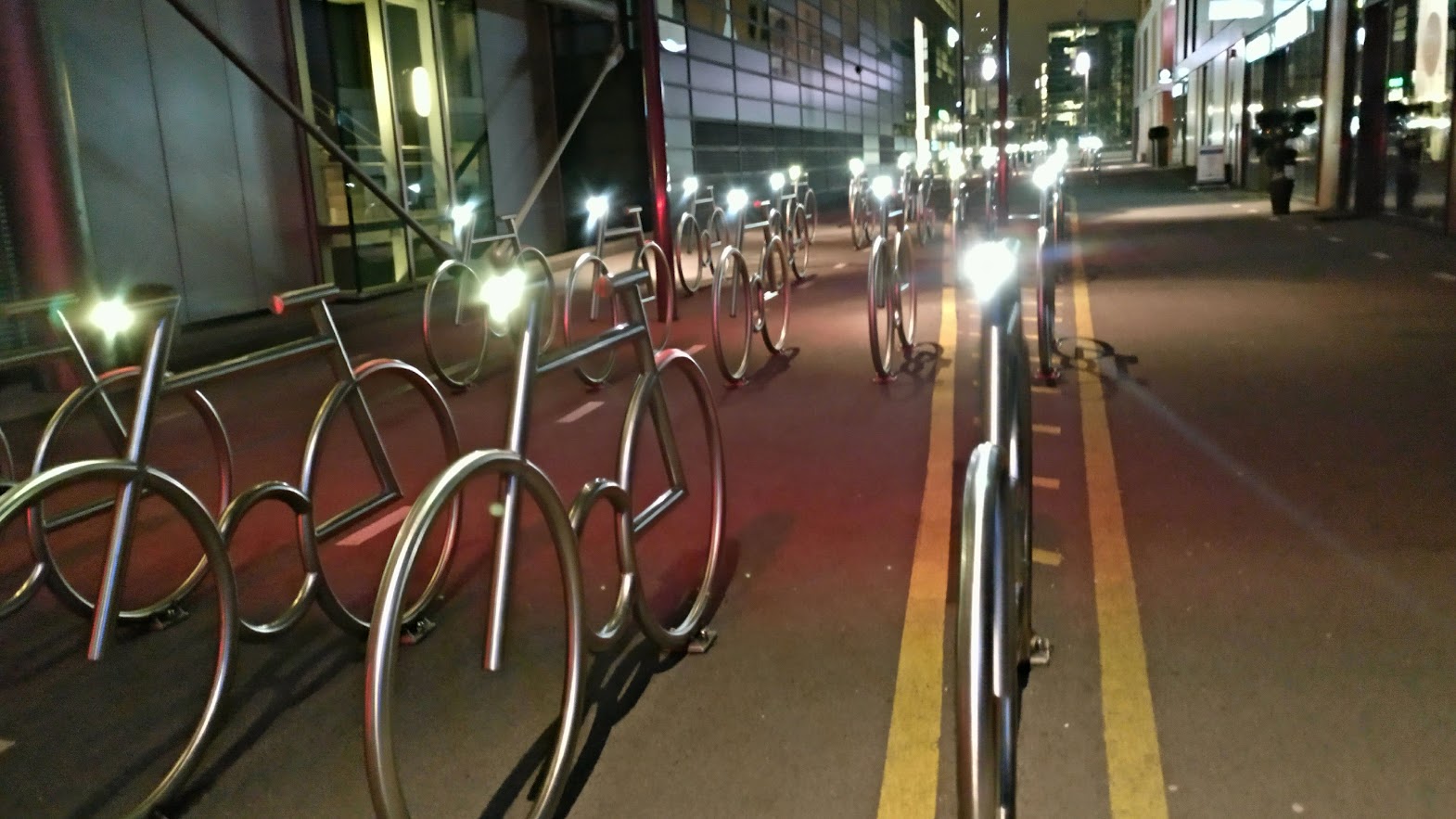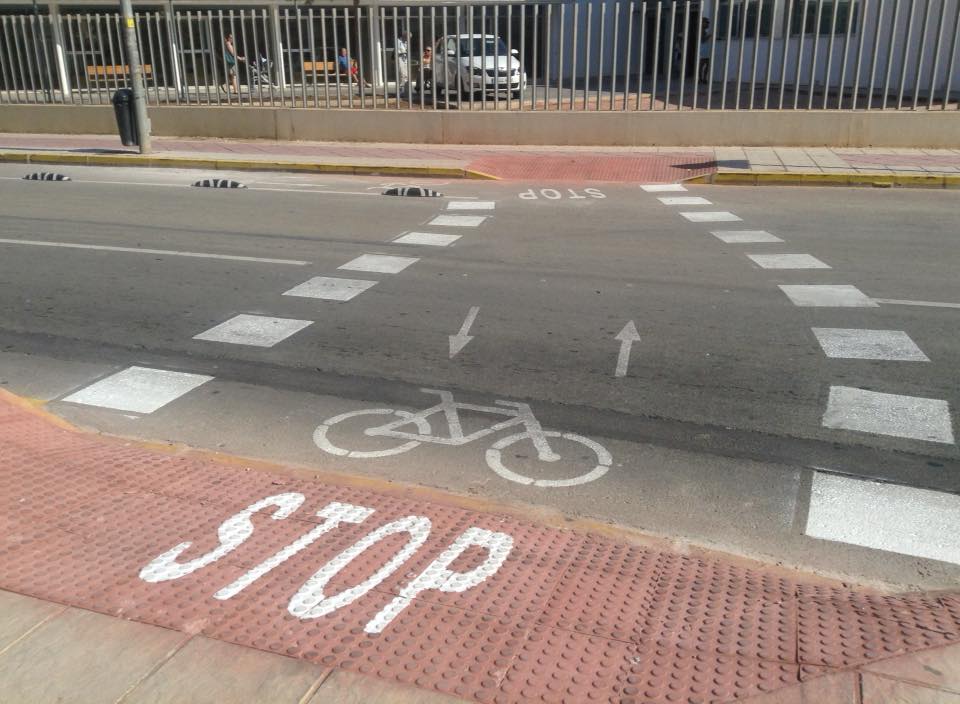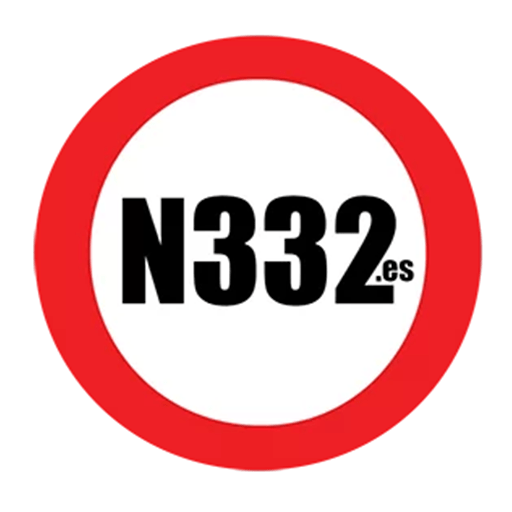Cycling to school is one of the healthiest ways for children to travel. It encourages independence, provides daily exercise, and is environmentally friendly. But it also comes with risks — and both cyclists and other road users must understand their responsibilities to keep everyone safe.
Contents
For Parents and Guardians
Parents play a central role in shaping safe cycling habits:
- Lead by example. Show children how to respect the rules of the road by obeying traffic lights, crossing at marked places, and signalling clearly.
- Ensure the right equipment.
- Helmet: Mandatory for all riders under 16 on any road in Spain. Helmets must fit properly and be correctly fastened. AESVi also recommends helmets for adults, as they significantly reduce the risk of head injury.
- Clothing: Comfortable clothes that allow freedom of movement, plus shoes that grip the pedals securely. Gloves are recommended to protect hands in the event of a fall.
- Visibility: Reflective vests or bands should always be used in low light, bad weather, or at night. Bicycles must have a front white light, a rear red light, and a rear reflector in these conditions.
- Bell: Every bicycle must be fitted with a bell.
- Accompany children at first. Ride with them until they are confident and can manage the route safely on their own. Point out dangerous crossings, blind corners, or heavy traffic areas.
- Limit loads. A school bag that is too heavy can destabilise a child on a bicycle. Help them keep loads manageable.

For Young Riders
When you ride your bicycle, you are a vehicle on the road. That means you must follow the same rules as drivers:
- No riding on pavements unless a cycle lane is clearly marked for shared use.
- Signal manoeuvres with your hands and be mindful of pedestrians.
- Do not use headphones, earphones, or mobile phones — they distract you and block important sounds like approaching vehicles.
- Crossing zebra crossings: You must get off your bike and walk it across. Riding across does not give you priority.
- Ride in parallel only when visibility is good and traffic is light. Otherwise, ride single file, keeping as far to the right as is safe.
- Stay alert near parked cars. Leave space in case a door opens unexpectedly.
Cycling responsibly not only protects you but also helps drivers predict your movements.

For Other Road Users
Drivers have a legal and moral duty to protect cyclists, especially children:
- Overtaking rule: You must leave at least 1.5 metres lateral distance when overtaking a cyclist. If that space is not available, you must wait.
- Crossing solid white lines: You are permitted to cross a solid white line to overtake a cyclist, but only if the opposite lane is clear and it is completely safe to do so.
- Multi-lane roads: On roads with two or more lanes in the same direction, the overtaking vehicle must fully move into the adjacent lane to pass.
- Slow down near schools and crossings. Children on bikes may be less predictable, so extra patience is vital.
Respecting these rules not only prevents accidents — it helps create a culture where cycling is truly safe and sustainable.
Building Safe Habits
Schools can also help by providing secure bicycle parking and encouraging safe cycling practices. But the day-to-day responsibility lies with families, children, and all road users. The school run should be an opportunity for health and independence, not danger. With the right habits and respect on all sides, cycling can be the safest and most rewarding way to start the day.
Discover more from N332.es - Driving In Spain
Subscribe to get the latest posts sent to your email.

You must be logged in to post a comment.